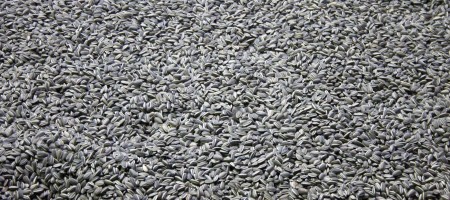This is the rough script of my Digital Dialog given at the Maryland Institute for Technology in the Humanities at the University of Maryland. Keynote slides and a recording of my talk are available on the Digital Dialogues site, and the slides are available on SlideShare. Many thanks go to my wonderful hosts at MITH for inviting across the river to speak.
The title of my talk today, “Getting to the Stuff” is taken from Tim Sherratt, whose work I greatly admire. His essay, “It’s All About the Stuff: Collections, Interfaces, Power, and People” was featured in the first issue of the Journal of Digital Humanities first issue on theory and DH.
The type of work that Tim is doing with the Invisible Australians project is identifying individuals who were silenced by the law, by using photographs and official national documents that labeled individuals by their race for the purpose of state-mandated oppression. He is giving them voices, giving them a presence.
“linking these identities up with other records, with the research of family and local historians, with cemetery registers and family trees, with newspaper articles and databases we don’t even know about yet. We want to find people, families, and communities.”
“The most exciting part of online technology is the power it gives to people to pursue their passions. As with the faces, we don’t need the help of the National Archives. We need the records to be digitized, but that’s happening anyway and we can afford to be patient. Most of the tools we need already exist, and are free.” Tim Sherratt
There is great potential for history museums (including historical societies and historic properties) in the US to contribute and help make connections by applying digital tools and methodologies to their collections. Except there is a problem: history museums in the US, generally do not share much online, and when they do share little of it is discoverable, open, or extractable–unlike libraries and some archival collections that have made great strides in digitization, many museum catalogs are not shared or digitized.
One of my favorite museums, the National Building Museum, for example shares very little from its exhibitions and collections.
This is catching up with them, and will contribute to a perceived absence of sources. Non-textual sources found in museums—and elsewhere– work to inform us of stories absent or obscured in textual records.
With many students and scholars beginning their research with online search and discovery tools, if cultural heritage collections are not visible online, in some form, what are the implications of these absences?
As one participant tweeted from the Museum Challenges conference held in Australia this week, “Collections are useless unless they are used.”
Once discovered, there is great potential for the museum to benefit from increased traffic, virtual and physical, and use of their collections should increase which only helps the institution accomplish its mission. In the meantime, historians like me, look to other accessible online collections, such as eBay for accessible online material culture.
This isn’t necessarily bad, but with objects that are bought and traded, often there isn’t a permanent record of their life, their provenance, their context.
Today, I’d like share and talk with you about some of my research into history museum collections and presence online, and move on to discuss ways that I think history museums are still negotiating their places as sites of memory and emotion, and their place as a teaching institution for historical methods but also for opening up stories from the past that might be uncomfortable. I’d also like to talk about ways that we think that DH projects and center can work more with museums to open up collections and make the objects more accessible to digital methodologies.

